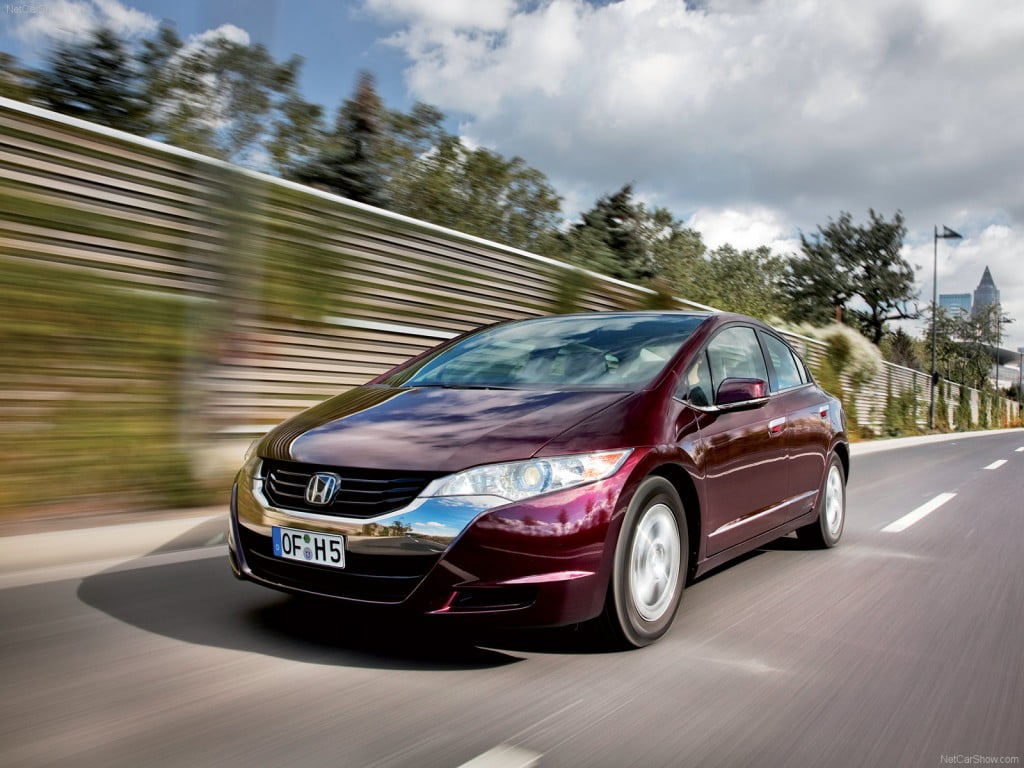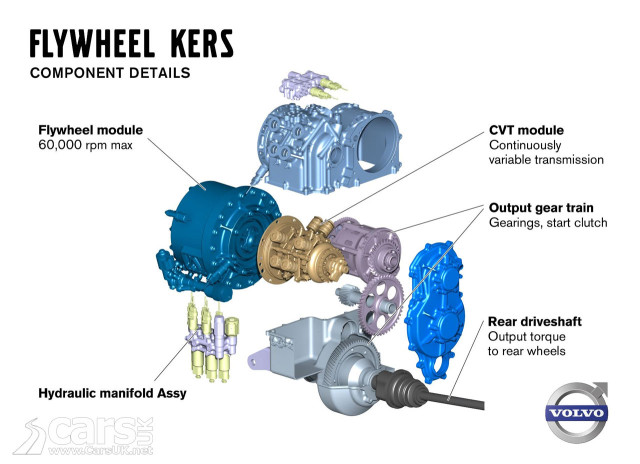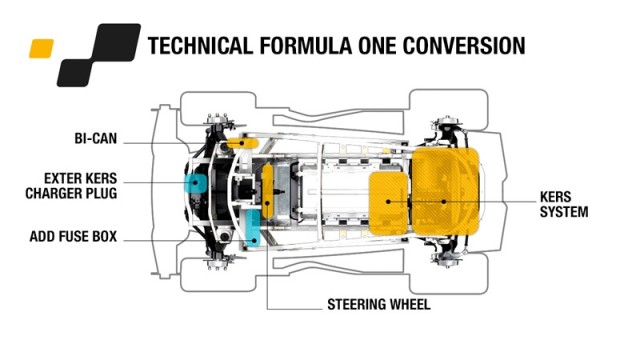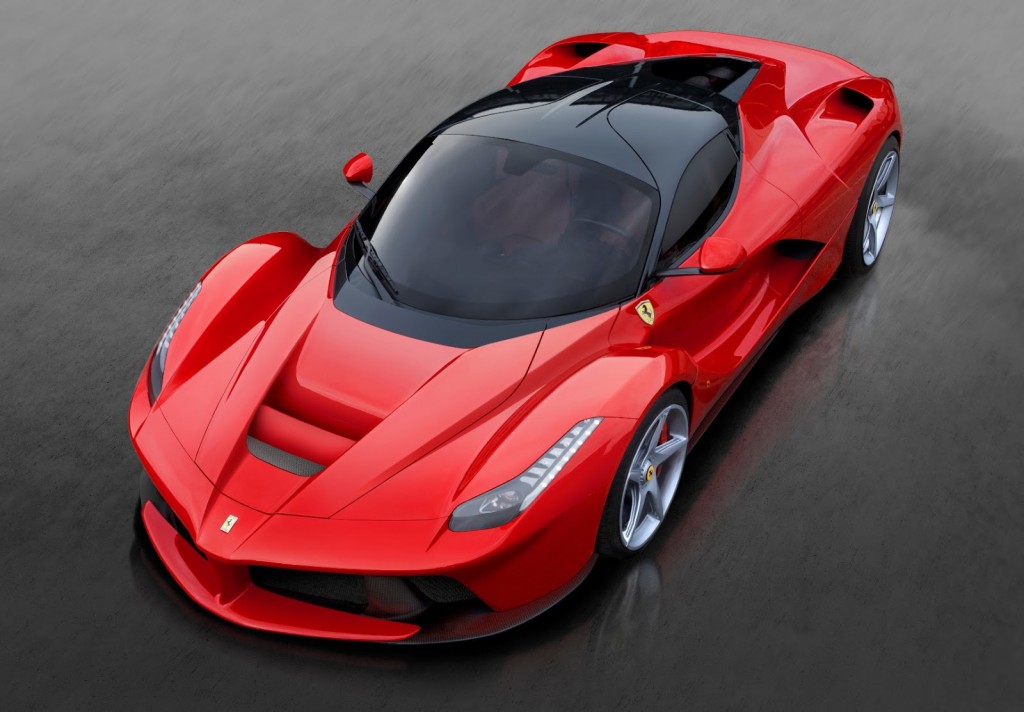
KERS or Kinetic Energy Recovery System is a technology used to capture the kinetic eergy released during braking and pump it into the car’s output for increased power. Like the previously posted article on Hydrogen (http://edtimes.in/2013/07/hydrogen-future-of-alternative-fuels.html) as a fuel, we will take a look at another form of technology that can help preserve the motoring experience for car drivers.
The System
KERS is an automotive system for recovering a moving vehicle’s kinetic energy under braking. The recovered energy is stored in a reservoir (a flywheel or batteries) and is used for acceleration later. Usually, the energy produced under braking is lost as the installation of a recovery system is quite expensive. However, when such a system is installed, it acts as a ‘boost’ for cars for a limited period of time.
Under the flywheel concept (conversion into mechanical energy), when the car produces torque under braking, it speeds up the rotation of the flywheel, generally a disk like component, thereby causing it to store kinetic energy in its rotations. When this energy is to be released, the rotating flywheel acts like a supplementary engine and provides more revolutions to the car. As the power is depleted, the flywheel slows down and can be charged again during braking.
Under the electricity generation concept (conversion into electrical energy), the energy released during braking is stored in batteries through an electric motor, usually converting the kinetic energy into chemical form, and can be used as desired. The electricity generated powers the batteries which can store the electricity to help in acceleration. This is the most common form of a KERS system.
Current Usage
Formula 1 (FIA)
The FIA allowed the use of 60 kW (82 PS; 80 bhp) KERS in the regulations for the 2009 formula 1 season. Energy could either be stored as mechanical energy or as electrical energy. 4 teams used a KERS system in 2009.As of 2014, KERS units will be used to balance the sport’s move from 2.4 litre V8 engines to 1.6 litre V6 engines.
Hybrid Vehicles
Hybrid vehicles like the Hydrogen powered Honda FCX, use a KERS system to power their cars. Other automobile manufacturers like Ferrari and McLaren have taken the concept to another level and attached powerful KERS units to their latest releases the Ferrari LaFerrari and the McLaren P1. Both these monsters have KERS units putting out over 150BHP in their acceleration.
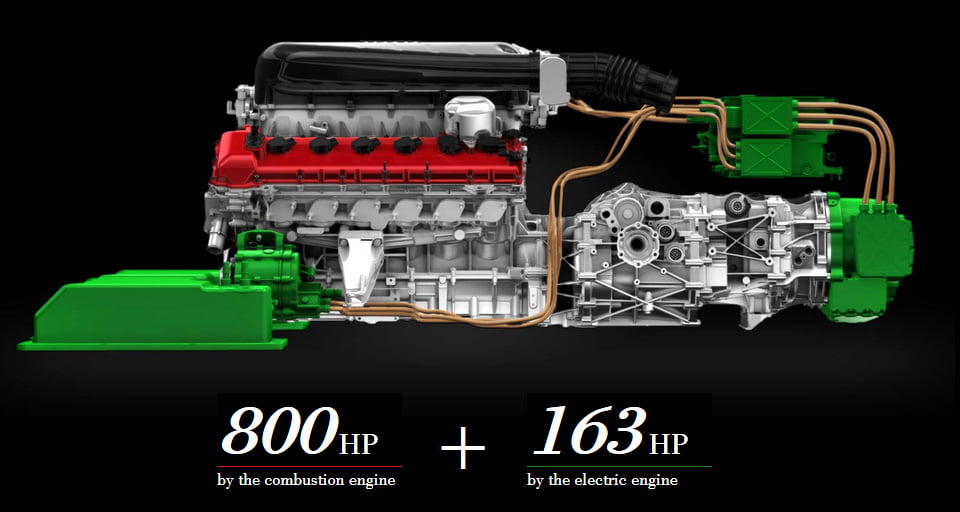
Future Applicability
As more and more research is carried on to find a sustainable alternative fuel, KERS seems to be a system that can complement each one. As was proved by Honda with the FCX clarity, KERS has a very wide applicability and will certainly be used in the future as well. For now, car makers should try and install such a system to their road cars and check the response on that.
